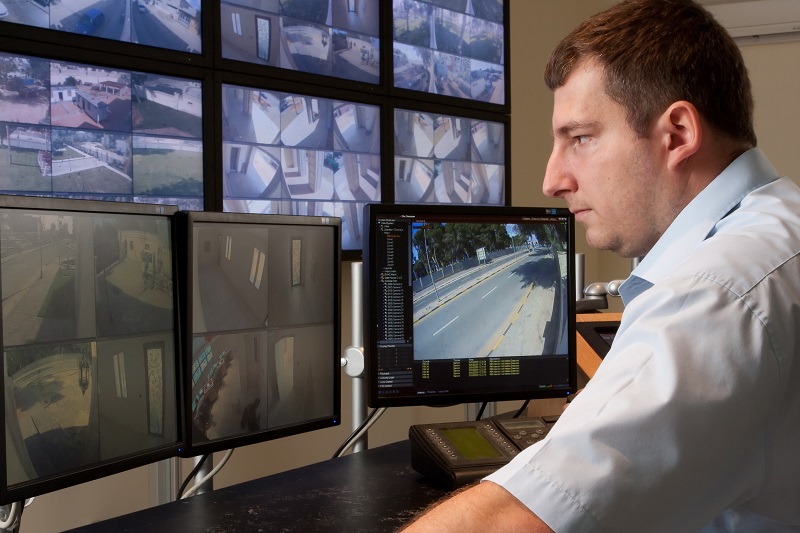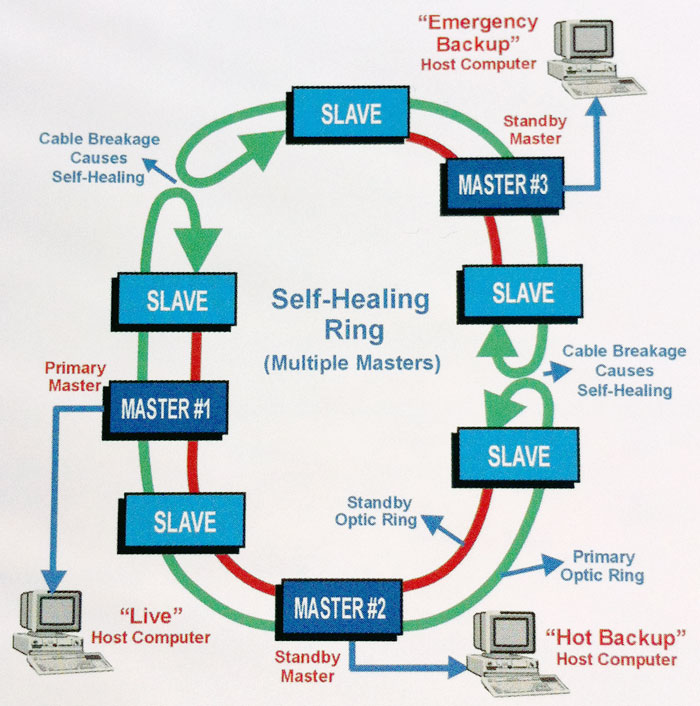Why a Fiber Optic Security System Is Essential for High-Security Facilities and Environments
Boost Your Safety With Advanced Fiber Optic Protection Solutions
In a period where security is paramount, innovative fiber optic safety and security systems provide an engaging option for enhancing safety and security across different settings. What implications do these innovations hold for future safety and security procedures?
Advantages of Fiber Optic Safety
Using the advantages of fiber optic technology considerably enhances security systems throughout numerous applications. Among the main benefits is the enhanced data transfer capability, enabling the transmission of big amounts of information at high speeds. This is especially important for real-time video surveillance, where high-resolution feeds can be sent without latency, making sure prompt response capabilities.
Additionally, fiber optics show superior resistance to electro-magnetic disturbance, which is crucial in settings with possible signal interruptions. This dependability ensures regular efficiency in crucial safety operations. Fiber optic wires are much less prone to touching and unauthorized accessibility contrasted to traditional copper circuitry, thus improving information stability and confidentiality.
Another remarkable benefit is the sturdiness of fiber optic systems; they are extra immune to ecological factors such as dampness, temperature level variations, and harsh compounds. This strength converts to reduce maintenance prices and longer lifespans for safety setups.
Last but not least, the light-weight nature of fiber optic cables facilitates less complicated installment and routing, particularly in complicated facilities (fiber optic security system). Inevitably, the combination of fiber optic technology into protection systems not just bolsters security measures yet also maximizes functional performance
Key Functions to Think About
When assessing fiber optic protection systems, numerous key features have to be thought about to guarantee optimal efficiency and effectiveness. First, assess the system's discovery variety and sensitivity; a considerable variety enables checking huge locations, while high sensitivity guarantees that also small disruptions are identified immediately.
Following, take into consideration the assimilation capabilities of the system. A fiber optic security system must perfectly interface with existing security steps such as electronic cameras and alarm systems, developing a cohesive safety network.
Toughness and environmental resistance are also critical functions. Make sure that the system is made to endure severe climate problems and prospective physical threats, as this will lengthen its functional life expectancy.

Last but not least, explore the scalability of the system. A durable fiber optic safety system need to be easily expandable to fit future requirements without considerable overhauls. By thoroughly thinking about these functions, you can choose a fiber optic safety option that improves safety and protection in your setting.
Installment Process Overview
To efficiently implement a fiber optic protection system, a systematic installation process is essential. This procedure starts with a thorough website evaluation to establish the details security demands and to identify ideal areas for fiber optic cords and safety and security tools. Following this evaluation, the setup group will certainly establish a comprehensive strategy, including cable pathways, necessary equipment, and conformity with regional policies.
Following, the installment includes laying the fiber optic cords, guaranteeing they are protected from environmental variables and physical damage. Correct handling methods are crucial, as fiber optic wires are sensitive and can be quickly harmed. After the cabling is mounted, ports and discontinuations are meticulously completed to ensure signal honesty.
The succeeding stage includes setting up safety and security tools such as cams, motion detectors, and my website security system, all integrated with the fiber optic network. Rigorous screening is conducted to confirm that all components are operating correctly and to guarantee optimum performance.

Contrasting Fiber Optic to Standard Solutions
The advancement of safety and security technology has actually resulted in significant developments in the comparison between fiber optic systems and traditional copper-based systems. Fiber optic systems utilize light to transmit data, using remarkable transmission capacity and speed contrasted to their copper counterparts. This results in enhanced data transmission capacities, making optical fiber optimal for high-resolution video clip surveillance and real-time tracking.
In addition, fiber optic cables are resistant to electro-magnetic interference, minimizing the probability of signal degradation triggered by external variables. This particular makes certain regular performance, also in tough environments. On the other hand, standard copper systems are extra vulnerable to interference, leading to possible vulnerabilities in safety applications.
Sturdiness is an additional advantage of fiber optic systems. They are less vulnerable to damage from environmental aspects such as moisture and temperature level variations, which can compromise copper wiring. Fiber optics are lighter and thinner, allowing for much easier installment and decreased physical impact.
However, typical systems often tend to have reduced initial expenses, making them eye-catching for budget-conscious jobs. While fiber optic systems might call for a greater ahead of time investment, weblink their long-term advantages-- such as lower maintenance costs and better integrity-- typically outweigh the first expense, placing them as a premium option for modern protection requirements.
Future Trends in Safety Modern Technology
Emerging fads in safety innovation are poised to change the landscape of monitoring and hazard discovery - fiber optic security system. As organizations significantly face innovative risks, technologies such as fabricated intelligence (AI) and artificial intelligence (ML) are ending up being integral to safety systems. These innovations boost the ability of fiber optic systems by allowing real-time information evaluation, recognizing abnormalities, and automating feedbacks to possible breaches
In addition, the combination of the Internet of Points (IoT) is changing safety structures. IoT gadgets can offer extensive situational awareness and help with seamless communication between various protection elements. This interconnectedness enables for a lot more reliable surveillance and faster case reaction times.
Biometric verification is additionally getting momentum, giving a higher degree of safety and security via distinct physical characteristics. As this innovation progresses, it is most likely to be included right into fiber optic systems for improved accessibility control.
Verdict
To conclude, advanced fiber optic safety systems represent a considerable innovation in safety and monitoring technology. Their premium bandwidth, resistance to interference, and sturdiness promote dependable surveillance and information honesty. As these systems incorporate AI and IoT capabilities, they boost the total security framework, guaranteeing durable defense for assets. The shift from traditional systems to fiber optic options mirrors a growing trend towards extra efficient and effective safety measures in an check that increasingly complicated technological landscape.